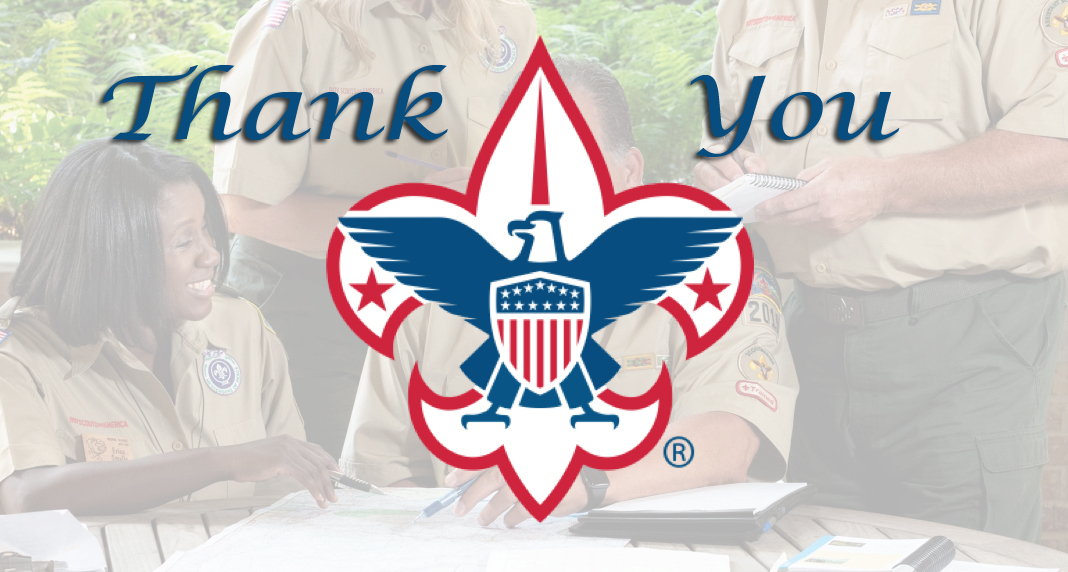Helpful Tips
Unfortunately, Videoconferencing will be with us for the foreseeable future. ZOOM is currently our preferred application for videoconferencing; however, others are just as good. For the sake of this discussion, I will be referring to Zoom, as it has many aspects that make it a valuable tool: savings in time and mileage, convenience, and accessibility…and it’s FREE!
With that said, I would like to offer some suggestions for improving our ZOOM experience from a NON-expert’s point of view..
- When you get your invite to a ZOOM conference, put it on your calendar.
- Log into the meeting early so you can see what you look like to the other participants.
- Your webcam should be at about eye level, not in your lap. If you’re using a built in webcam on a laptop or a cellphone, set the instrument up on a box or something to get the proper elevation.
- If you were sent an agenda, print it out and have it on your desk to follow and take notes on.
- When you log in, put yourself on “mute” (the microphone icon at the lower left hand side of your screen.) Stay muted unless you have something to say. This will prevent background noise from interfering with the other participants. Click on the same icon to activate your microphone.
- Dress the part. What would you wear to a real face-to-face meeting? (Your uniform)
- If you need to move away from your webcam (to put the dog out or get your coffee cup), “stop the video feed” (the icon in the bottom center of your screen.) All we’ll see of you then will be your name, but you will be able to see all of us…if you did it right. Click “start the video feed” (same icon) to come back into view.
- ZOOM meetings are free up to forty minutes unless you have a paid subscription. At that point your meeting will be cut off.
- It behooves us to open the meeting on time, regardless of the stragglers, and to stay on subject. Forty minutes can be plenty of time if you’ve done your “homework” and are prepared for the meeting.
ZOOM meetings may be something we go to even after things get back to “Normal”, so be prepared to take advantage of the program.
If you need to go beyond the forty minutes contact John Bryant, he has a paid subscription and will support hosting your meeting if available. John Bryant email:japb@mindspring.com (204) 541-1604
Thank you to Jon Ryan for sharing this information.
The following is adapted from the BSA’s Guide to Advancement (section 8.0.1.6).
- For Eagle Scout boards of review, the local council must grant permission to hold it by video conference. Other ranks do not need approval but should follow the requirements below.
- Test all equipment, including cameras, lighting, microphones, software, and internet connection.
- Make sure everyone is visible — including all members of the board of review, the Scout and any observers with the Scout. No one within hearing range on either side shall be off-camera. It is important to consider your technical capabilities when planning how many board of review members to involve. Observers should be minimized for any board of review, and this applies especially to videoconference reviews. Their presence can change the discussion dynamics.
- A parent or guardian of the Scout, or two registered adult leaders (as required by the Guide to Safe Scouting) who are familiar with these requirements for videoconference boards of review, must be directly present with the Scout at the beginning of the conference. The Scouters may be from the nearest council, district or unit. Their role is to verify that the Scout is in a safe environment and that the board of review appears to be in compliance with these requirements. Once all the members of the board of review are present on their end of the call and introductions are completed, and the review is about to begin, anyone present with the Scout must leave the room or move out of hearing distance unless they have specifically been approved to remain as observers.
- Once the review process has been concluded, if the Scout is under age 18, the Scout’s parent or guardian, or two registered adult leaders, must rejoin the Scout. Their purpose is to be available to answer any questions that may arise, to join in the celebration of the Scout’s accomplishment, or to be party to any instructions or arrangements regarding the appeals process or the reconvening of an incomplete review. Once this is done, the board members end the call and sign off.
- Video conference boards of review must not be recorded.
- If an appeal is necessary (as outlined in the Guide to Advancement), this may be conducted via video conference as well.



